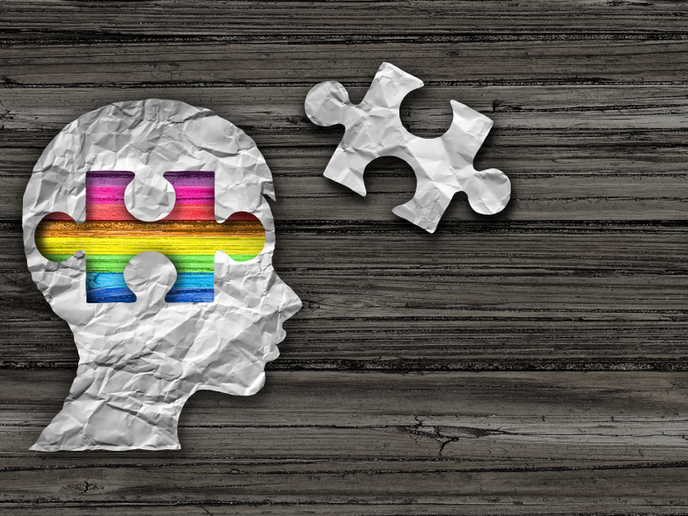From mice to men: Using tiny human brain models to study autism
There is no single mutated gene that causes autism. As research technology advances, the list of genes implicated in autism spectrum disorder (ASD) grows longer. With symptoms ranging from mild to severe, people with ASD generally have poor social skills, find it difficult to communicate with others, and engage in restrictive and repetitive patterns of behaviour. If they have a mutated chromodomain helicase DNA-binding 8 (CHD8) gene, then they most likely also have intellectual disabilities and macrocephaly (an overly large head). To find out how CHD8 mutations cause these symptoms, researchers have been using mice as model organisms. “But mice with a CHD8 mutation barely showed the symptoms human patients are showing. The effects in mice are not comparable to humans. We needed some kind of human model,” explains Prof. Gaia Novarino of the Institute of Science and Technology Austria (ISTA) in a news item posted on the institute’s website. With support from the EU-funded REVERSEAUTISM and ENDpoiNTs projects, Prof. Novarino and her team at ISTA, together with researchers from Italy and the United States, turned their attention to organoids to study the crucial early stages of brain development. Organoids are 3D cell cultures grown from stem cells. These miniaturised and simplified models mimic the actual organ – in this case, the brain – and incorporate some of its key features. As reported in the news item, the research team mimicked developmental processes to create basic models of brain tissue the size of lentils. Their findings were published in the journal ‘Cell Reports’. “Organoids are the only way you can study human brain development at such an early phase,” remarks study co-author Dr Bárbara Oliveira of ISTA.
The mutated CHD8 gene’s effect on neuron production
The research team created brain organoids with and without CHD8 mutations in petri dishes. “After some time, we could see by eye that the mutant organoids were much bigger. That was the first evidence that the model works,” notes co-author and PhD student Christoph Dotter, also from ISTA. By observing the brain organoids, the researchers discovered that CHD8 mutations produced neurons called inhibitory neurons much earlier and excitatory neurons much later than the unmutated organoids. The mutant organoids also produced a greater number of proliferating cells that subsequently produce a larger number of these kinds of neurons. This ultimately drives the increase in organoid size and macrocephaly in ASD patients. When studying autism, time is of utmost importance. “Looking at different time points gives us the information that what you see in the end might not be the full picture of how the brain of a patient developed – much more might have happened before,” notes Prof. Novarino. “We still have a limited understanding of how different trajectories affect functions of the brain.” The REVERSEAUTISM (Probing the Reversibility of Autism Spectrum Disorders by Employing in vivo and in vitro Models) project is hosted by ISTA. ENDpoiNTs (Novel Testing Strategies for Endocrine Disruptors in the Context of Developmental NeuroToxicity) is coordinated by Uppsala University in Sweden. For more information, please see: REVERSEAUTISM project ENDpoiNTs project website
Keywords
REVERSEAUTISM, ENDpoiNTs, autism, autism spectrum disorder, brain, organoid, CHD8, mutation, gene, neuron



